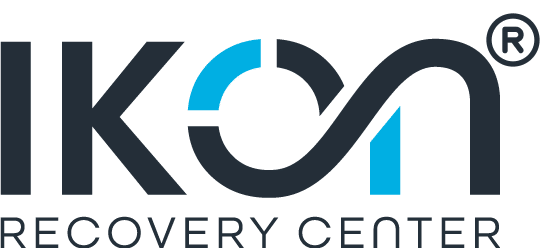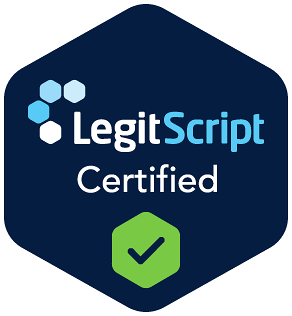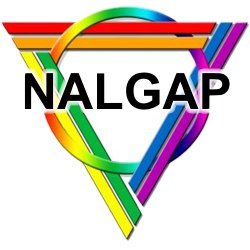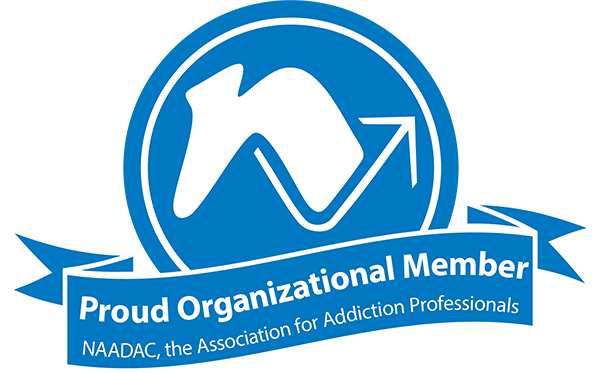Prescription drugs are meant to treat medical or mental health issues, but in some cases, they come with a hefty cost. Despite the medical use of some prescription medications, many lead to dependence and have a high likelihood of abuse.
These substances that many look to for relief can spiral into abuse and addiction with devastating impacts on physical health, mental health, and overall well-being. Detox isn’t enough to combat some of the health challenges prescription drug addiction introduces.
At IKON Recovery, we’re committed to building a long-term relationship with each person who comes to us for assistance. We’re here for you and with you from the beginning stages of recovery through establishing a new, healthy, and successful life.
